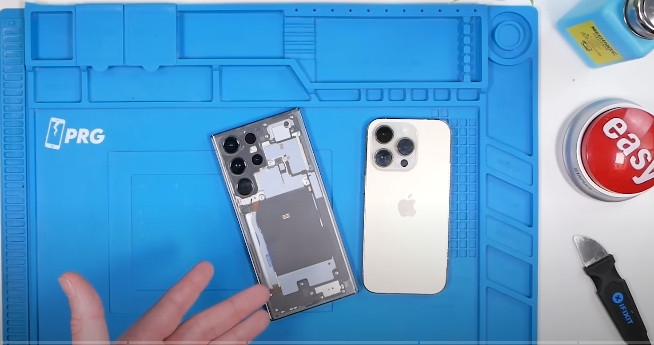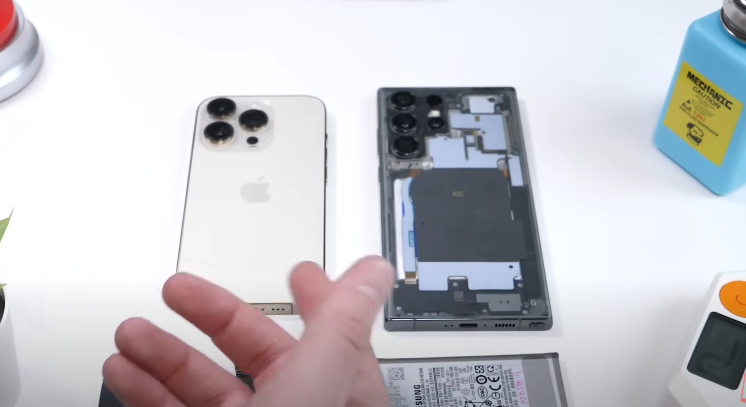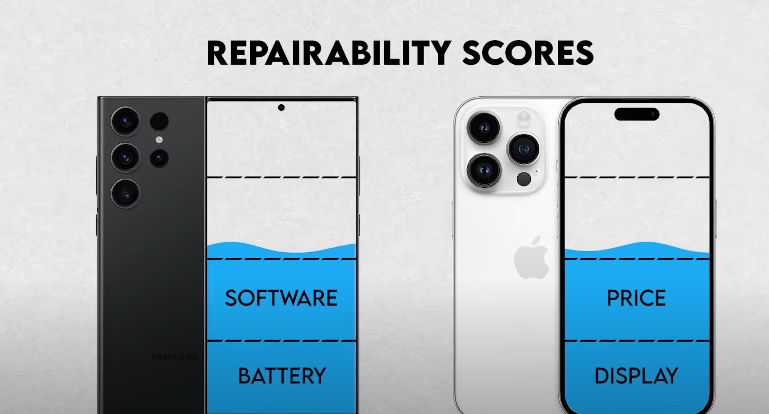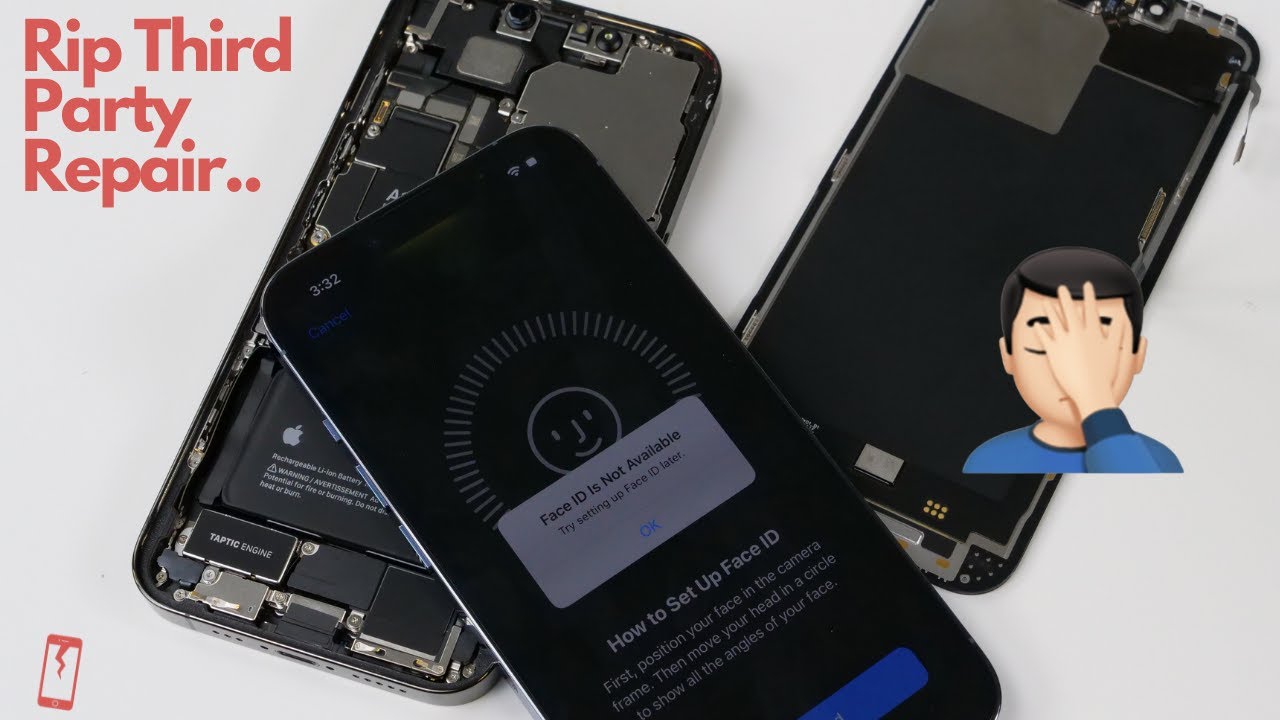When it comes to smartphones, Samsung and Apple have been the undisputed leaders in the market for years. Both companies continue to dominate with their high-end flagship models, offering cutting-edge technology and seamless user experiences. However, one aspect that often goes unnoticed by users is the ease of repair. Have you ever wondered which of these tech giants offers a phone that’s easier to fix? In this article, we’ll compare the repairability of the Samsung Galaxy S23 Ultra and the iPhone 14 Pro, diving into various categories that affect the repair process. Spoiler alert: it’s not as simple as it may seem.
Setting the Stage: The Models and Repair Categories
To keep things fair and straightforward, we’ll be comparing the Samsung Galaxy S23 Ultra and the iPhone 14 Pro. We’ll break down the repairability into four main categories:
- Display Replacement
- Battery Replacement
- Software
- Pricing and Aftermarket Parts

Each of these categories plays a crucial role in determining how easy or difficult it is to repair a device. Let’s explore them one by one.
Display Replacement: Apple vs. Samsung
When it comes to replacing the display on either the Samsung Galaxy S23 Ultra or the iPhone 14 Pro, several factors need to be considered. These include the type of screws used, the number of components that need to be removed, and how the display is integrated into the phone.
Apple uses a combination of pentalobe, Phillips, and tri-point screws, requiring three different screwdrivers. This adds complexity to the repair process. In contrast, Samsung simplifies things by using only Phillips screws, making the process easier for those with the right tools.
However, Samsung’s display replacement process is more complex in terms of transferring components from the old display to the new one. You’ll need to remove every single component in the phone and place them into the new mid-frame and display. On the other hand, Apple’s repair process is more straightforward in terms of removing the display, although they have been known to deactivate features like True Tone and display a “non-genuine” message after repairs.
Despite these challenges, Apple’s display replacement process is easier overall, as fewer components need to be swapped out. Apple takes the win in this category.
Battery Replacement: Samsung Takes the Lead
Battery replacement is a common repair for smartphones, and in this category, Samsung has a clear advantage over Apple.
With the iPhone, replacing the battery requires removing the delicate, fully functioning display. This process can be cumbersome and risky, particularly if you don’t have the proper tools or experience. On the other hand, Samsung makes things easier by allowing you to access the battery through the back glass, which is much simpler and more cost-effective to replace.

Additionally, Samsung now includes pull tabs for easier battery removal, making the process even more user-friendly. The ease of battery replacement on Samsung devices gives them a significant edge in this category. Samsung wins this round.
Software: Apple’s Restrictions vs. Samsung’s Freedom
When it comes to the software side of repairs, things take an interesting turn. Samsung’s approach is much more repair-friendly compared to Apple.
Samsung devices come with maintenance mode and repair menus that allow technicians (or even DIY repairers) to test various phone features. These tools make it easier to ensure everything is working properly after a repair. Samsung’s software approach is practical and helps the user during the repair process.
In contrast, Apple imposes software restrictions when parts are replaced outside of their official channels. For instance, if you replace a component like the screen or battery, the phone may lock certain functions or display error messages, such as a “non-genuine” warning. This creates a frustrating experience for those attempting third-party repairs and can make fixing certain issues nearly impossible. Apple even requires expensive programmers to restore these functions, which should never have been restricted in the first place.
Thanks to its more repair-friendly software, Samsung wins this category hands down.
Pricing and Aftermarket Parts: iPhones Hold Their Value
Now let’s talk about pricing, both for repairs and for the availability of aftermarket parts. The cost of repairing these phones can be hefty, but there’s a big difference in the long-term cost-effectiveness between Samsung and Apple.
iPhones are known for holding their value well over time, and the cost of repairs often drops as the device ages. This makes iPhones a more economical choice in the long run. Additionally, iPhones have a thriving aftermarket parts market, offering both low-cost and high-quality replacement parts. These parts can often be of similar quality to the original display, making repairs more affordable.
Samsung phones, on the other hand, don’t retain their value as well as iPhones. Repair prices remain relatively high over time, and the availability of good-quality aftermarket parts is limited. Although there are some aftermarket parts available for Samsung devices, the quality tends to be subpar, and some parts can lead to poor performance or even damage.

Considering the long-term repair costs and the availability of aftermarket parts, iPhone wins in this category due to better resale value and more reliable parts.
Conclusion: No Clear Winner, It Depends on Your Priorities
After breaking down the repairability of the Samsung Galaxy S23 Ultra and the iPhone 14 Pro, it’s clear that both phones have their strengths and weaknesses when it comes to repairs.
- Display Replacement: Apple is easier to repair, despite some limitations on non-genuine parts.
- Battery Replacement: Samsung takes the win with its easier and more cost-effective battery replacement process.
- Software: Samsung offers a much more repair-friendly software ecosystem, making repairs smoother.
- Pricing and Aftermarket Parts: iPhones hold their value and have better aftermarket options for affordable repairs.
